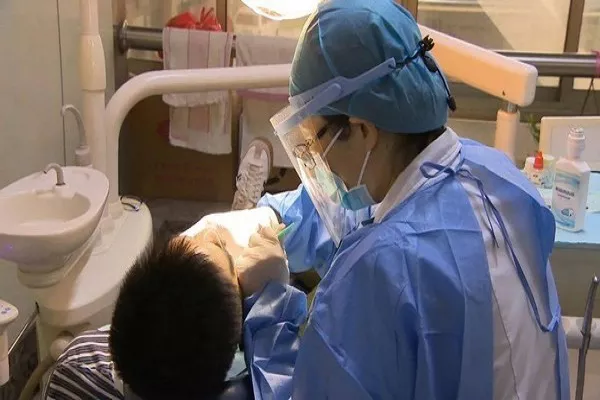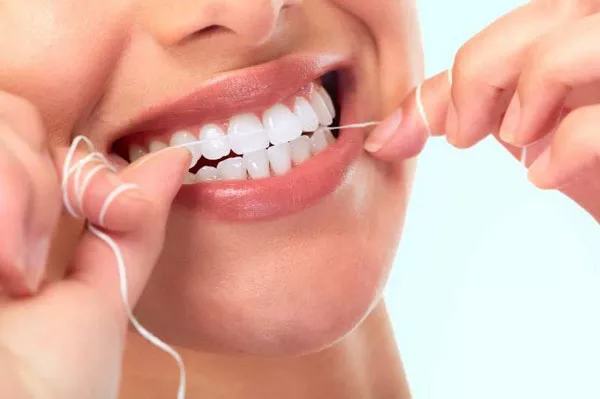Orthodontic treatment can be an important investment in your dental health, but it can also be costly. If you have dental insurance that covers orthodontic treatment, you may have heard the term “orthodontic lifetime maximum” mentioned. But what does this term mean, and how does it affect your coverage?
Simply put, an orthodontic lifetime maximum is the maximum amount of money that your dental insurance provider will pay for orthodontic treatment over the course of your lifetime. This means that once you have reached your lifetime maximum, your insurance provider will no longer cover the cost of any further orthodontic treatment.
The orthodontic lifetime maximum can vary depending on your insurance provider and plan. Some plans may have a lifetime maximum of $1,000, while others may have a maximum of $3,000 or more. It is important to check with your insurance provider to determine what your specific lifetime maximum is.
It is also important to note that the orthodontic lifetime maximum applies to all orthodontic treatment that you may need over the course of your lifetime, not just a single treatment. This means that if you require additional orthodontic treatment in the future, such as braces or aligners, your insurance provider will only cover the cost up to your lifetime maximum.
If you have reached your orthodontic lifetime maximum and still require additional orthodontic treatment, you will be responsible for paying for the cost out of pocket. However, some orthodontists offer payment plans or financing options to help make treatment more affordable.
In conclusion, the orthodontic lifetime maximum is the maximum amount of money that your dental insurance provider will pay for orthodontic treatment over the course of your lifetime. This maximum can vary depending on your insurance plan, and applies to all orthodontic treatment that you may need over time. If you have reached your lifetime maximum and still require additional orthodontic treatment, you may need to pay for the cost out of pocket or explore payment options with your orthodontist.
































